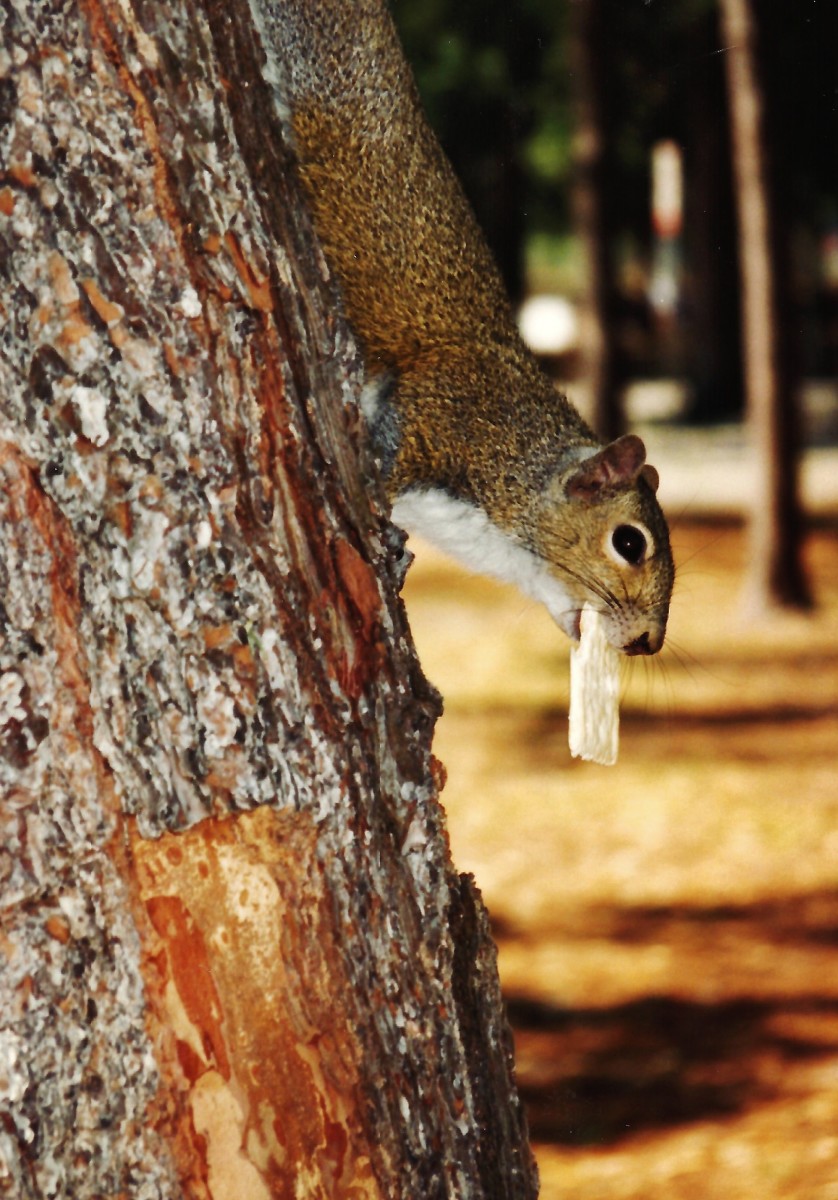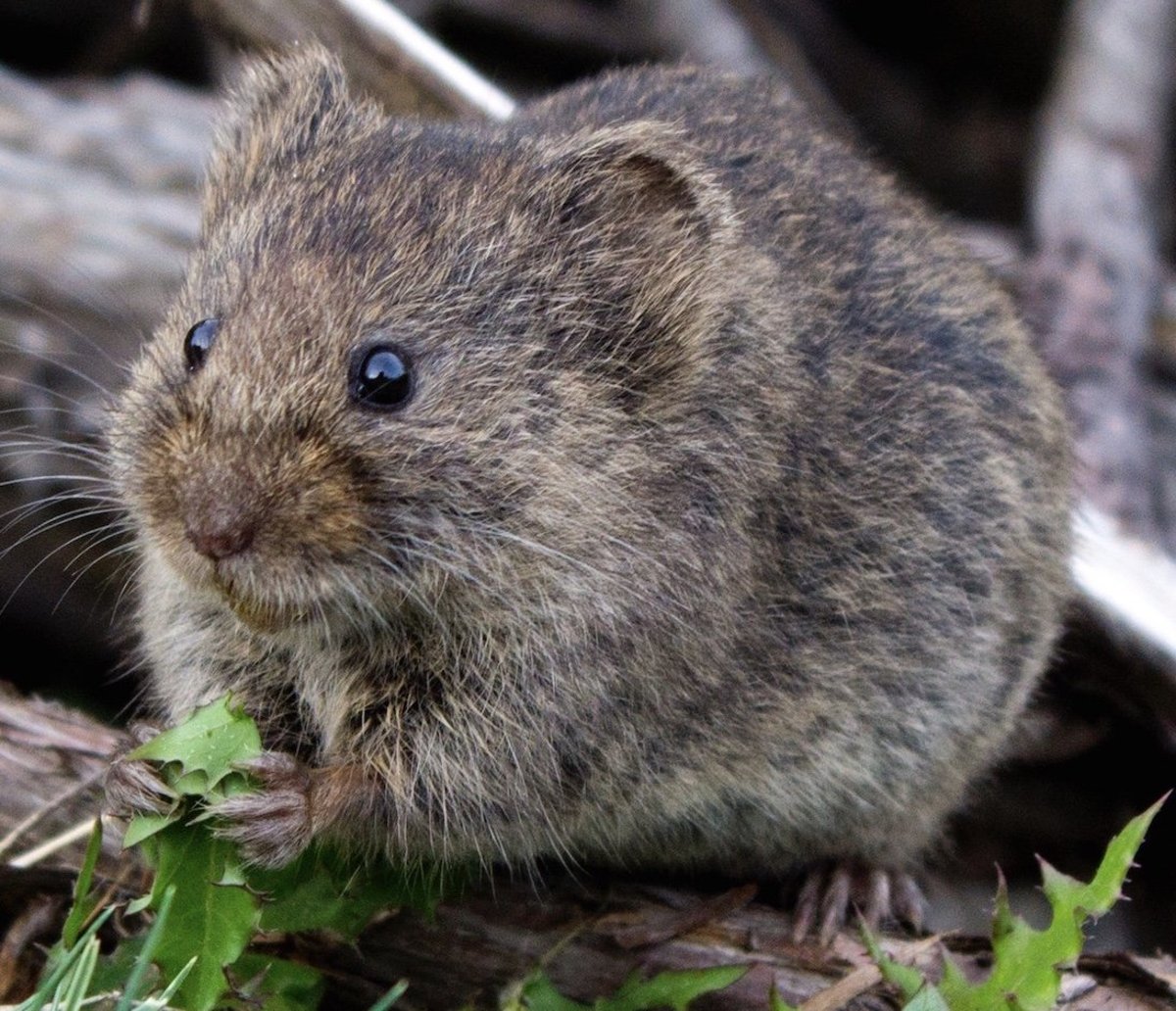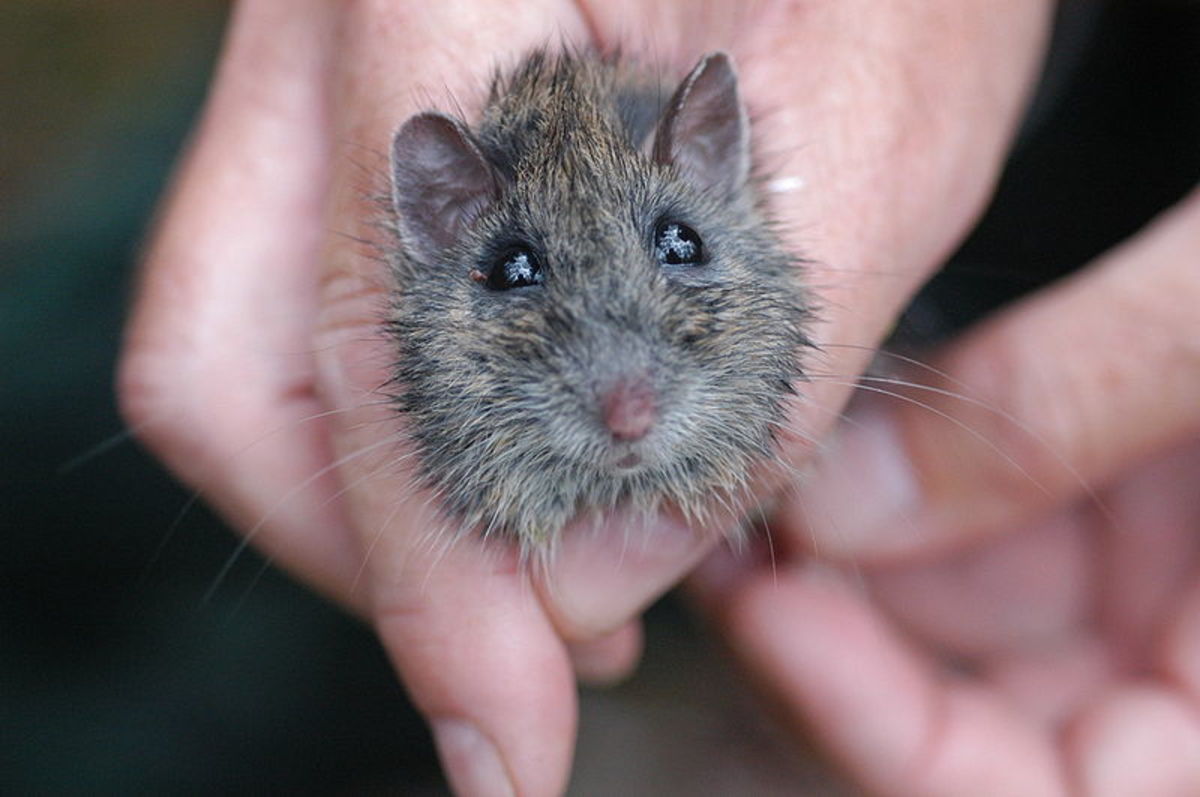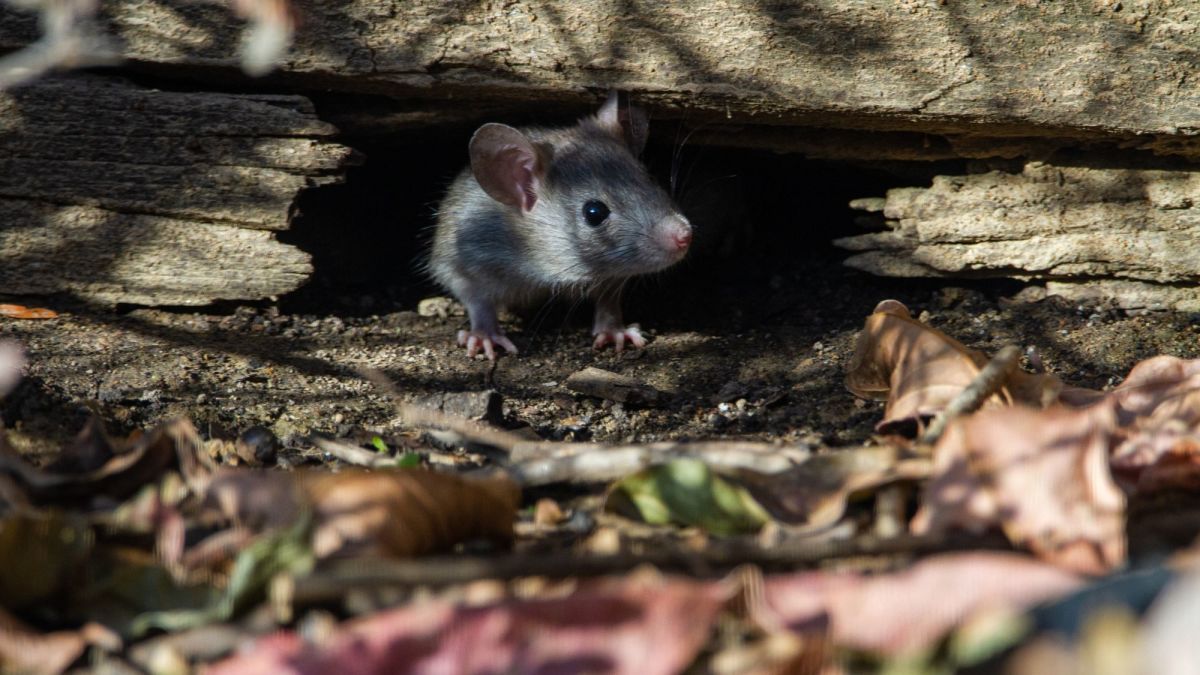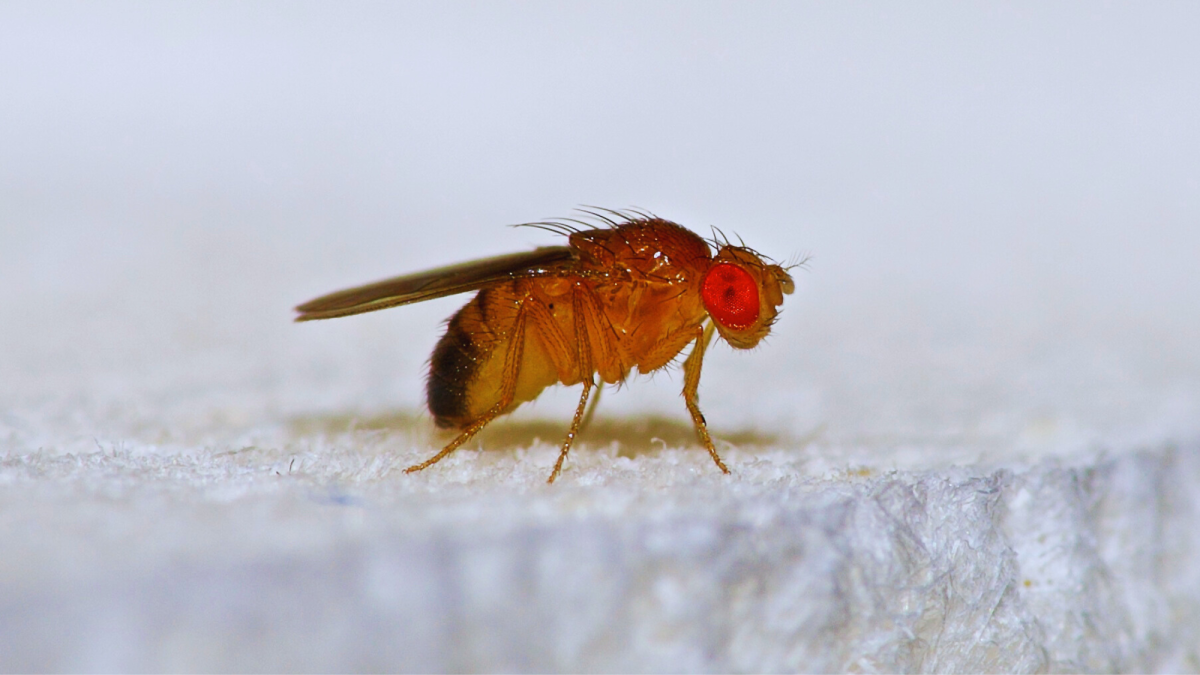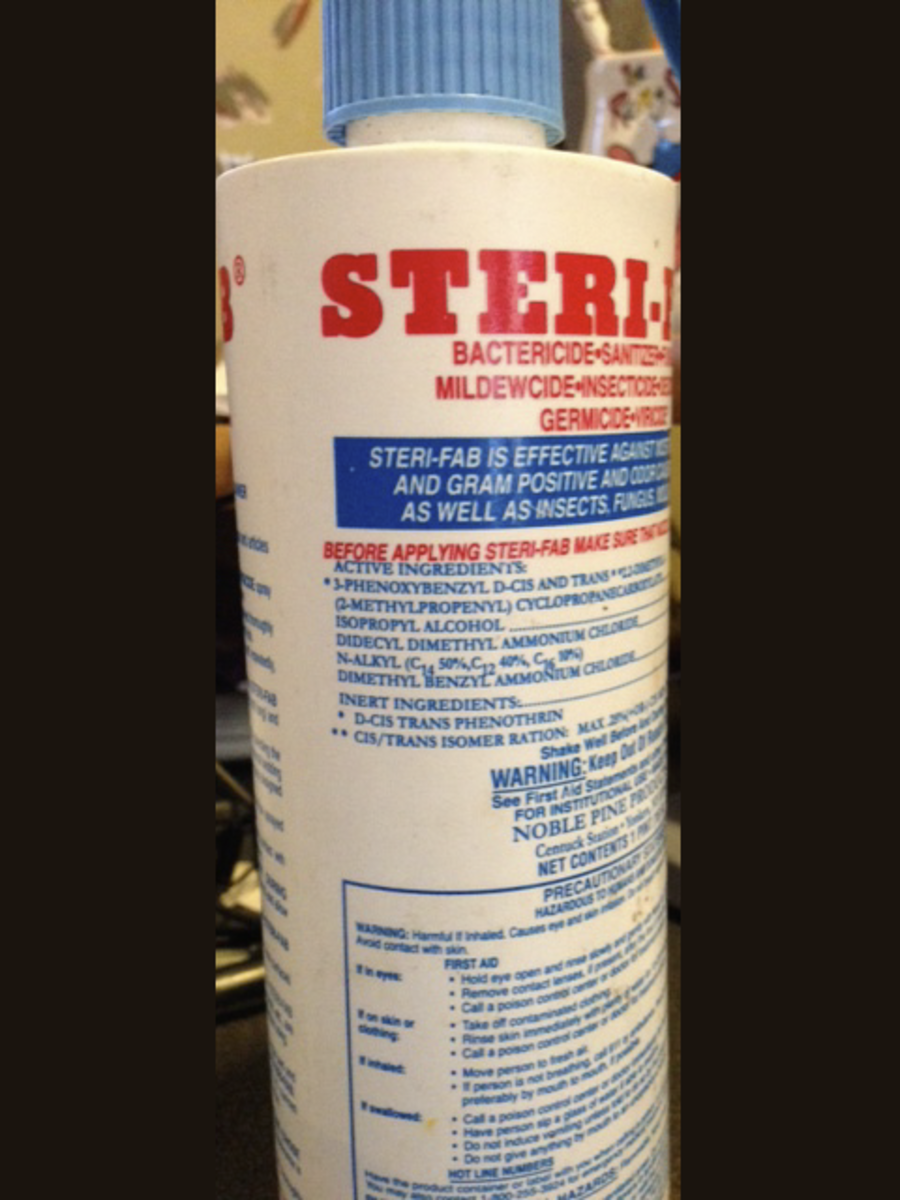Get Rid of Mice - Get Rid of Rats - Get Rid of Squirrels: Forever
Hantavirus - New Cases Breakout in California, Canada and Mexico
When we think of strobe lights we think of haunted houses or dance floors, but with The Evictor Rodent Strobe Light rodents will be dancing their way out of your home fast and forever. With Hantavirus on the rise again, folks are wondering the best ways to get rid of mice, rats and other cute but feral critters; squirrels, raccoon and other squatters that hide in attics and crawl spaces. The Center for Disease Control reports there are 60 diseases transmitted by rodents, more recently, Breast Cancer research exposed that up to 50% this disease could be caused by mice. The cause of 30% of house fires, thousands in property damage expenses, rodents can also invade your HVAC - then you'll be breathing recirculated rodent debris, in all, they can make you physically or financially sick! This is part one of a two part article.
How to Make Rodents Avoid Your House!
Of the many rodent control solutions on the market, many DO work, but some have unintended consequences. Getting rid of rodents can be pure hell, especially when you have to throw out contaminated food, pay for repairs or visit the doctor because you've been exposed to some questionable rodent. Exasperating and futile as it seems, especially when those dang rodents return or others invade their nests and areas, there is a deterrent that repels rodents.
Have you tried all the methods of rodent control unsuccessfully? Do you have a small rodent infestation now? Those that have been unsuccessful in rodent control know that rodent infestations may appear tiny at first, but grow quickly to become a huge unmanageable predicament. Just know that the sight of two mice, can become 4,500 in a year, no exaggeration.
There aren't many rodent deterrents on the market, except sonic repellents or natural scents. Natural scents such as peppermint may work temporarily, but it wont't conquer an infestation; it will just keep rodents such as mice, away from that small area.
Sonic Repellents, by law, come with a disclaimer, a "contradiction" to the advertised claims that product works; one of those "gray" areas. While the sonic repellent may work in the immediate area at first, rodents get used to the frequency and return. In the last decade the FTC placed a mandate that requires sonic repellent manufacturers to post a dislaimer on their site or product.
Product Cost vs Cost of Rodent Damage and Sickness
A behavior changing deterrent, this product is not a sonic repellent. Up front, I will tell you it is more expensive than your average mouse trap. Why? Because it works. This solution will please everyone across the spectrum, it's eco- friendly and not fatal to rodents. This light changes the rodents behavior and it isn't something they will ever "get used to." By inducing a flight response, out of fear rodents vacate the premises and will not return as long as the unit remains active.
Rodent Strobe Light Use on Animals
The word "rodent" means to gnaw, and that includes grey, flying, brown, any squirrels; roof, wharf, brown or black rats; raccoons, chipmunks, any rodent really that’s made way to your attic, crawlspace or outside buildings. While not rodents, birds and bats are also considered attic and building pests. During the 60's era the US Government began studies on the effects of strobe lights on predatory animals and fish.
The US Fish and Wildlife department deployed strobes underwater at inlets to deter predatory eels, and in forest parks to control bears, coyotes, wolves, lions and other disruptive animals. The strobe was also tested on bats and birds. In the case of birds, it was used to deter in avoiding collisions at air traffic control towers. But, the studies we are most interested in are those pest invasions of rodents (while not the topic covered, birds vacate as well).
The strobe lights permeate the rodents sensitive eyes, blinding him; fear and anxiety sets in causing an increase in heartbeat; some freeze with fear, others run to safety. The Evictor Rodent Strobe Light encourages an avoidance response; once the light is shut off, the rodent will either leave the area or seek shelter.
The Evictor Rodent Strobe Light Inventor
The Evictor Rodent Strobe Light Reviews are in
Reviewed by the Washington Post, Pest Professional Magazine, TV Favorite "This Old House," and users, they say that this deterrence idea works with out a doubt.. It flat out deters rodents, rats, squirrels, raccoon, and other pests that don't belong in your home. What you say? No way! Just read all Amazon customer reviews.
Evictor Rodent Strobe Light Review by Ask the Exterminiator
Rodent Strobe Light Use and Cautions
Eco-friendly, energy efficient and economical, The Evictor Rodent Strobe Light is threatening yet absolutly harmless to the animal. Whether you call it a deterrent or repellent, it does both. Unlike earlier manufacturers, there is no siren, it is positively silent. The Strobe contains no chemicals nor odors. In part two you'll find some warnings to humans, as the company cautions reading the instructions before use; for your safety, please read the accompanying hub and read those instructions first when you get your strobe. Get rid of those pesky critters now, The Evictor Rodent Strobe Light is available in several different strengths depending on area needed, yet produces the tiniest amount of heat, nothing to be concerned about.
Even the White House has Rodents
And I don't mean the political kind. A common misconception is that rodents only take up house in an unkept home; while it doesn't help matters, that concept alone is simply not true. Please share your story with the readers to let them know they are not alone. What did you do to solve your rodent problem? Did it work?
Rodent Strobe Light Studies
FTC Warns Manufacturers and Retailers of Ultrasonic Pest-control Devices
Internet Center for Wildlife Management (can't list all resources to the following since it's considered more than two links to same domain-so just add this link as the prefix to the following below)
- Coyotes (handbook/carnivor/Coyotes/Coyotes.aspx)
- Mountain Lions (handbook/carnivor/MountainLion.asp)
- Foxes (handbook/carnivor/foxes.asp)
- Birds (handbook/birds/BirdDamage.asp)
Damage prevention and control measure for Raccoon in Illinois
Increased susceptibility to ventricular arrhythmias in a rodent model of experimental depression (pubmed/14715499)
American Physiological Society- Circadian system of mice integrates brief light stimuli
American Physiological Society -Cardiovascular alterations and autonomic imbalance in an experimental model of depression
American Physiological Society -Light-induced uncoupling of multioscillatory circadian system in a diurnal rodent, Asian chipmunk (content/276/5/R1390.abstract?sid=a464cacb-345b-4200-83d4-aec7b90da682)

